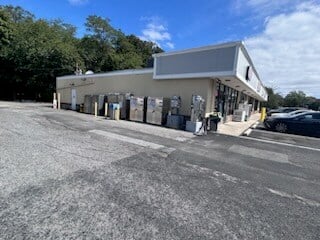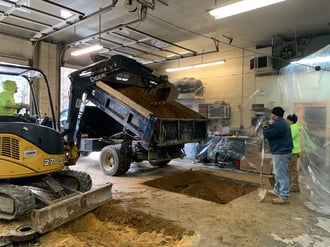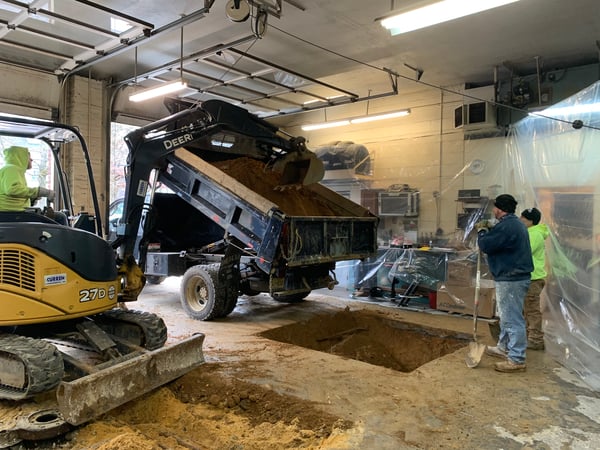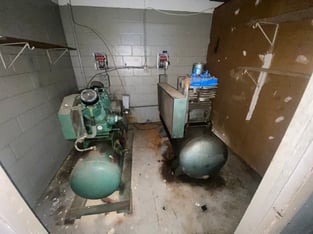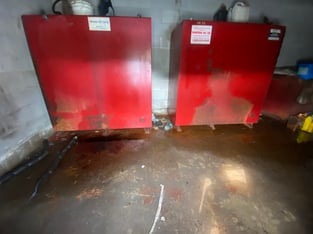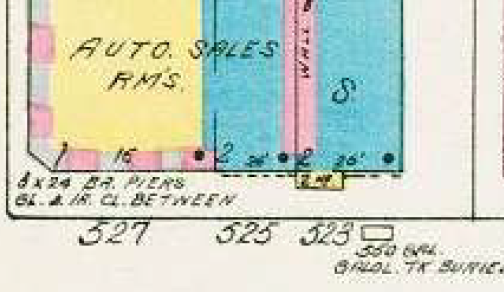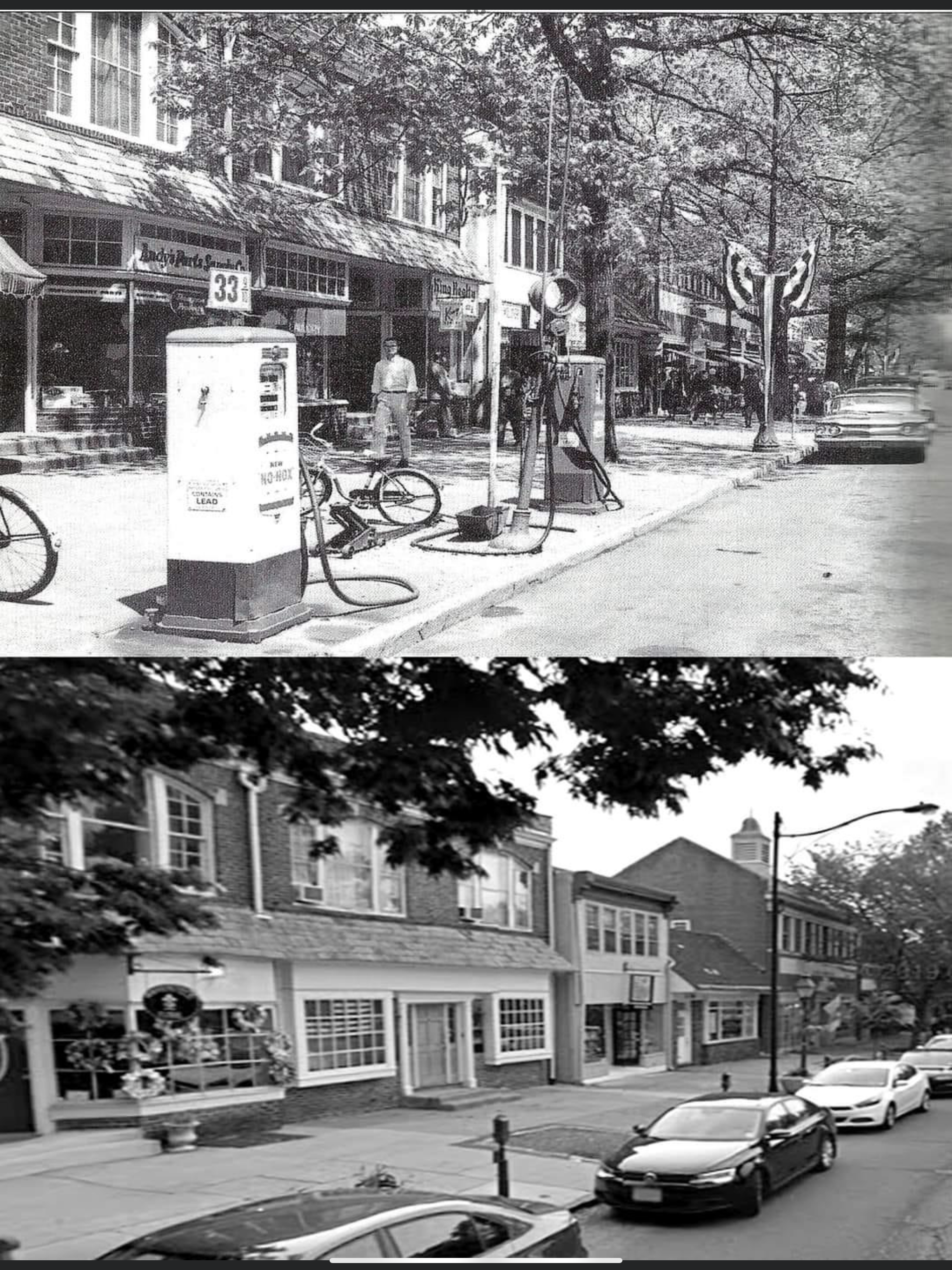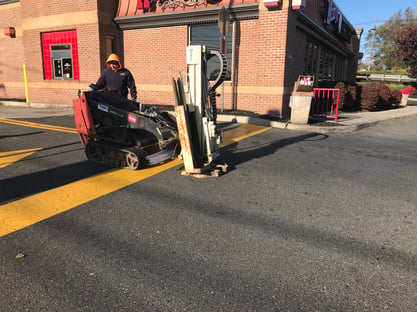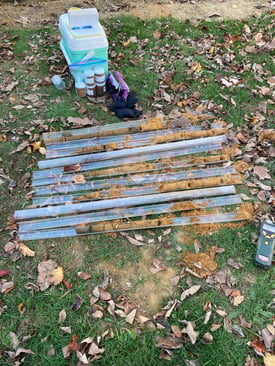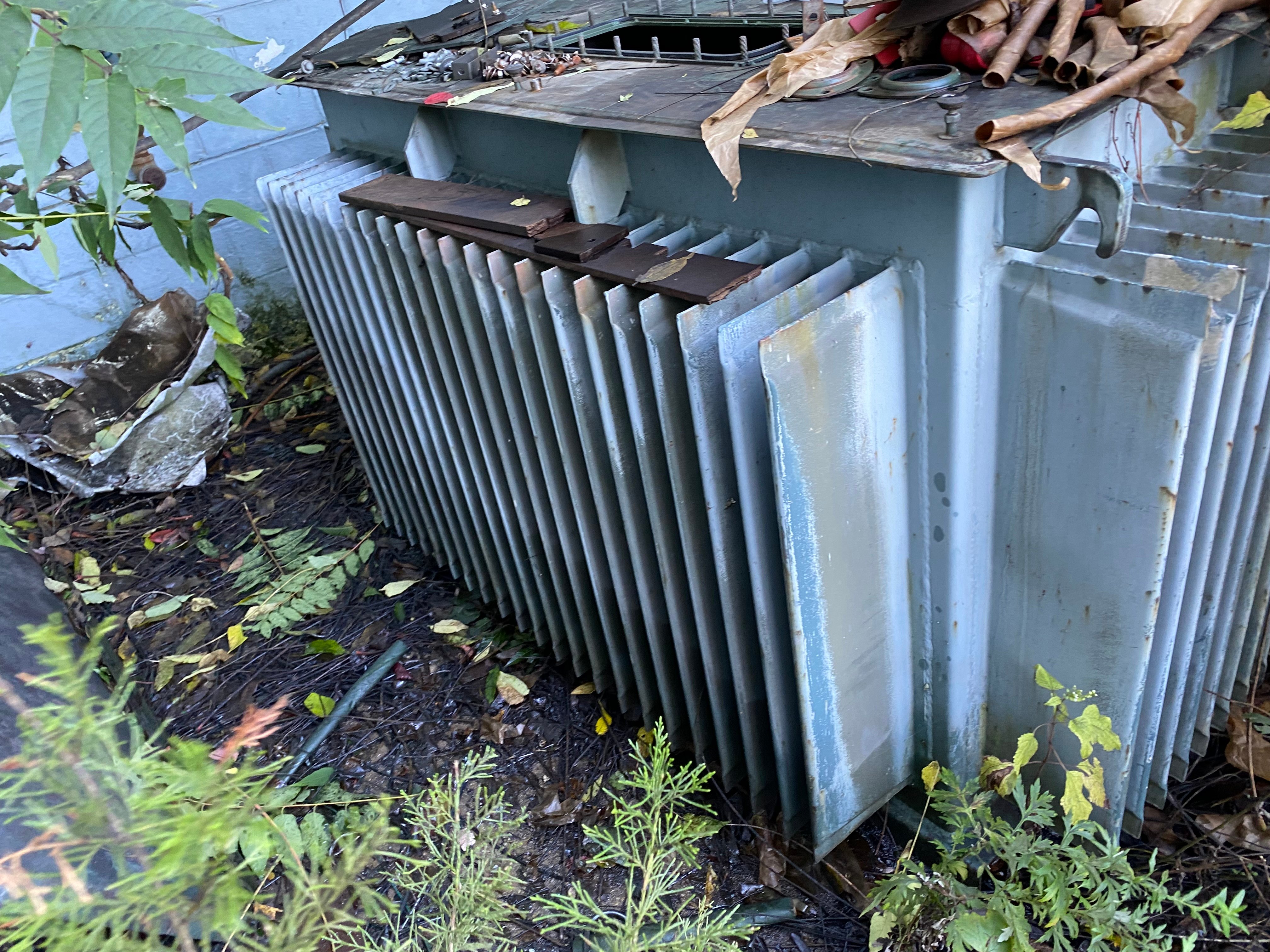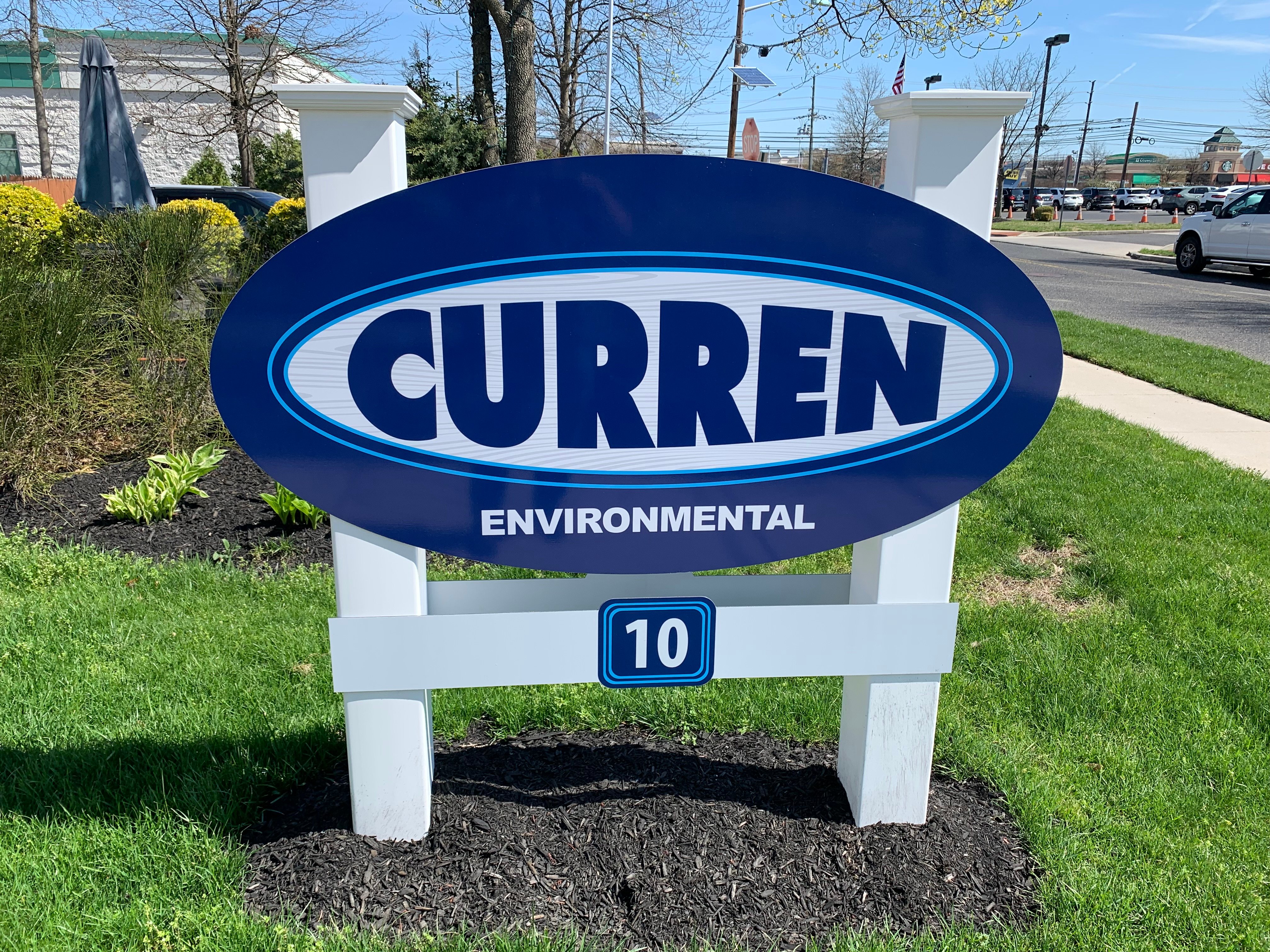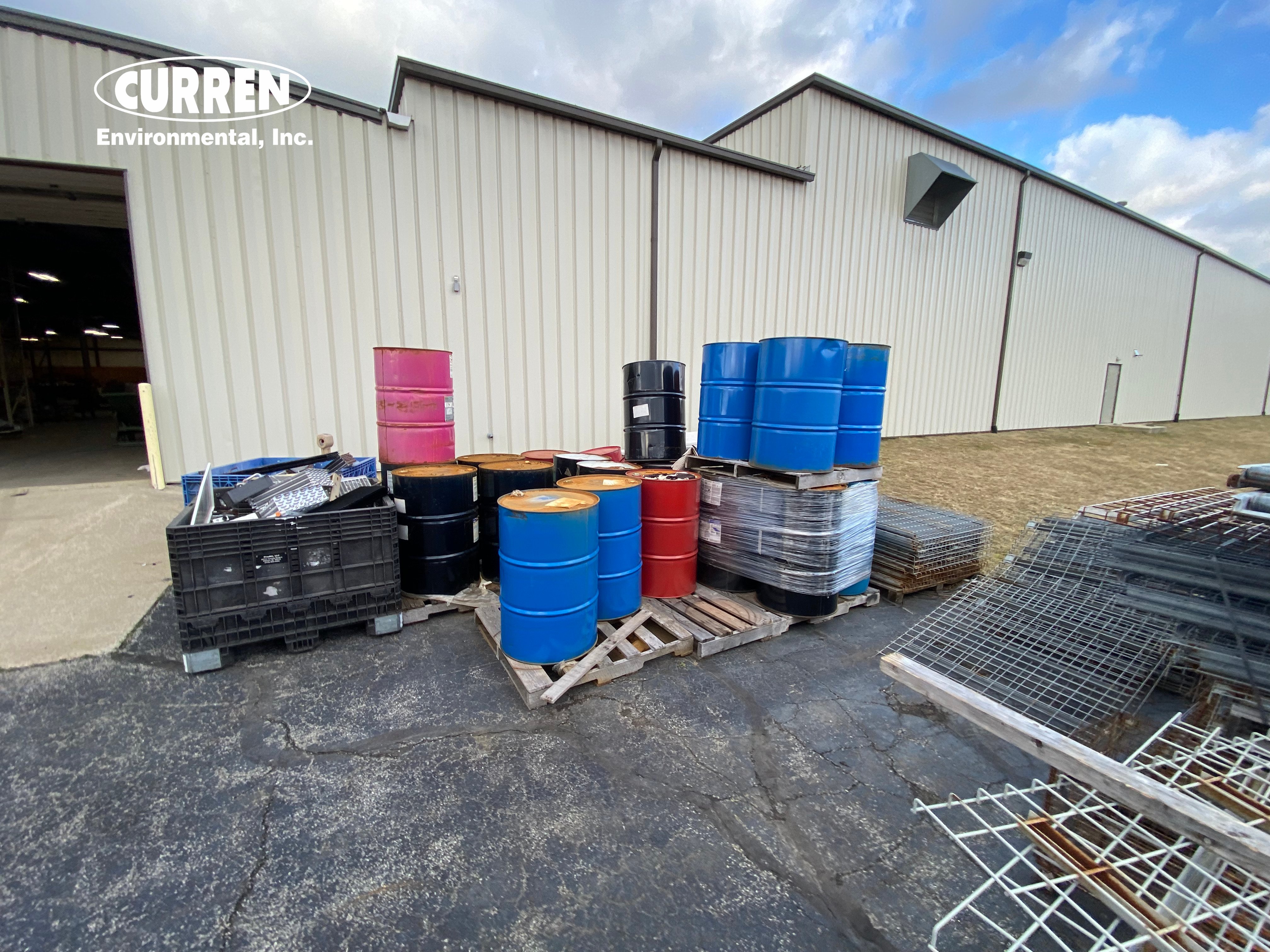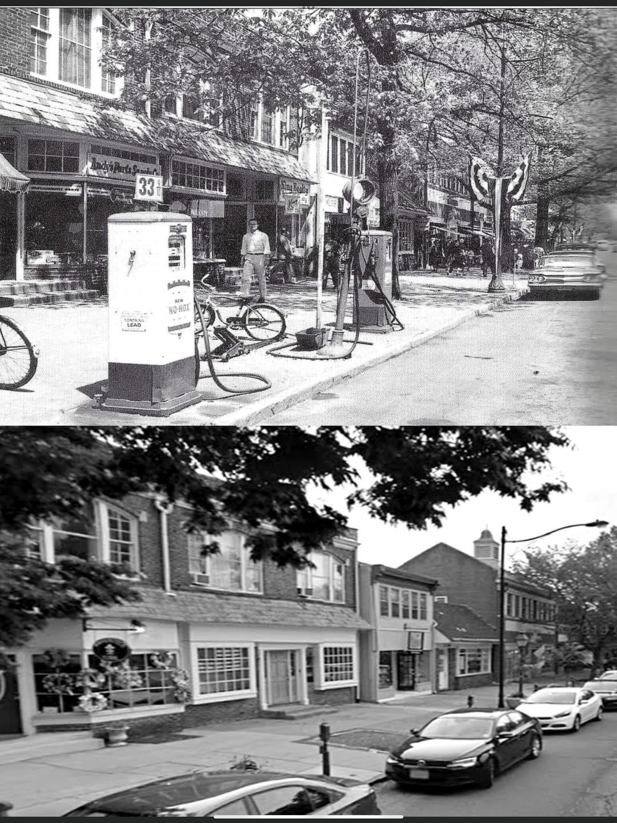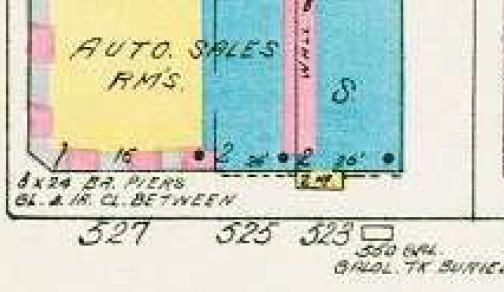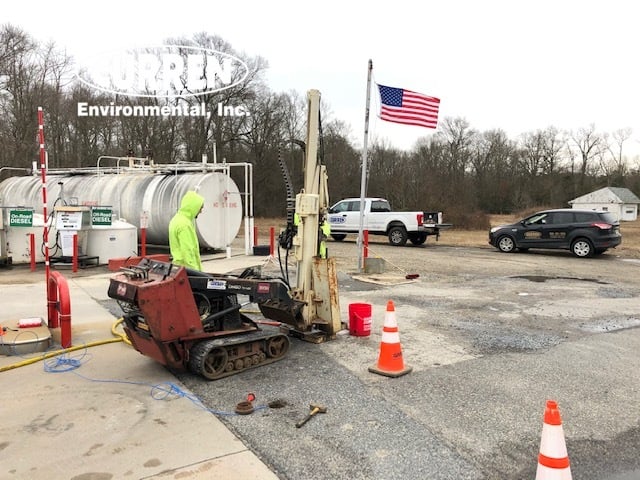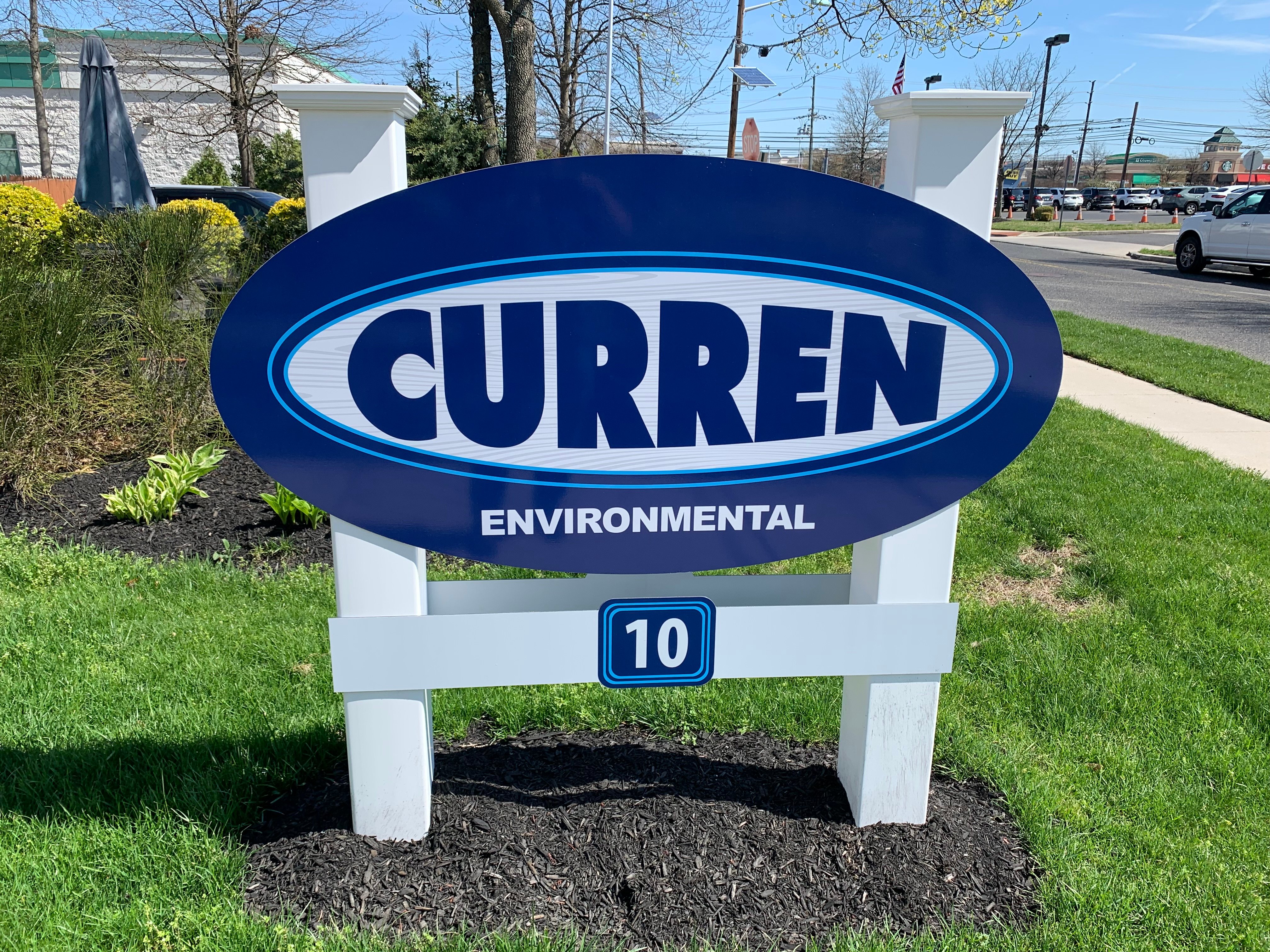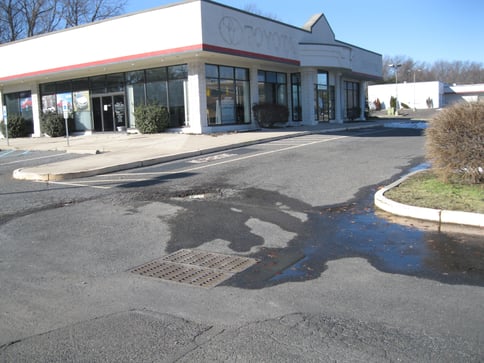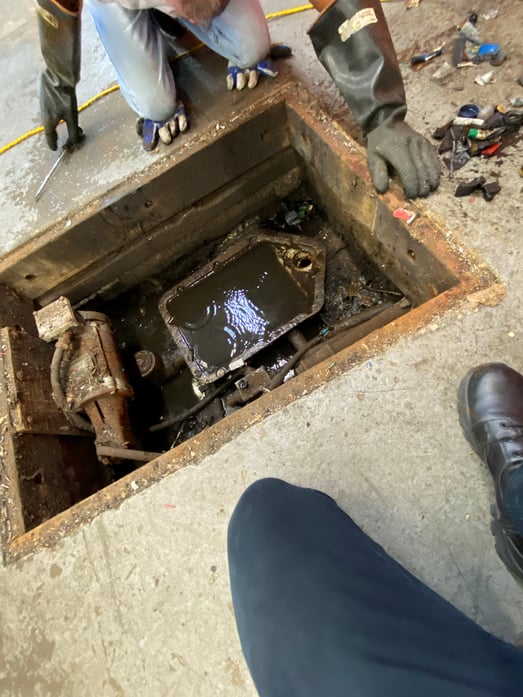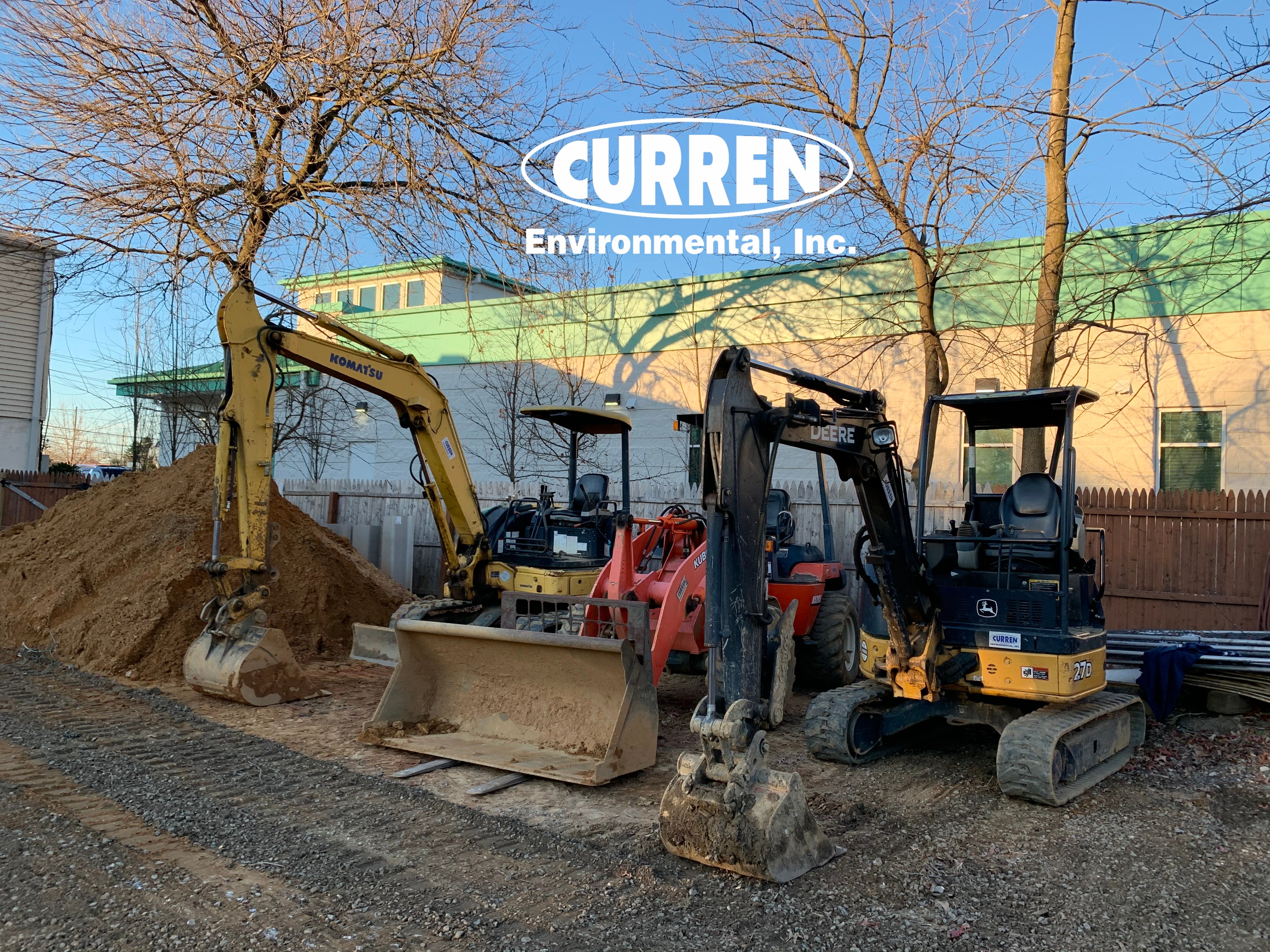Use your Environmental card to sell real estate faster, by card I mean having a Phase I completed as a selling feature. Never thought about having a Phase I sell a property? Read on my friend.
Environmental due diligence is a mainstay of real estate transactions; it doesn’t matter if it’s residential, commercial, or industrial, but it is typically the last task completed. I know this from 30-plus years of real estate transactions. Sellers and their representatives do not want to take the first step forward in evaluating a property for environmental issues. This phenomenon is commonly referred to as the ostrich effect. Sellers wait until the buyer pulls the proverbial environmental trigger, shocking the seller that something was found, or the seller being surprised that environmental due diligence was even performed. Don’t believe me, ask any realtor about environmental due diligence they had to face in a transaction, and the delays it caused.
On many sites, the sale grinds to a slow crawl while the seller digests the problem and the cost to address it. Some buyers hang on waiting for work to be completed, but to say work can take a few months for some issues can push buyers to the next property. I had one that was going on for 10 months, the buyer just had to walk due to the length of time.
You want a fast closing, do your environmental due diligence before the property is listed. For a residence that can include a tank sweep and mold inspection, as these are the common environmental issues in homes. On commercial properties, perform a Phase I. Think of it as a sales brochure on the property. You may already have one from when you bought the property. Since they are only good for 6 months to a year, a fresh Phase I is needed. Maybe you never did a Phase I and hope a buyer will follow suit. Don’t count on it, that is the whole point of this exercise is to anticipate what environment will be needed to allow the sale to go through.
Your best case is that Phase I finds no issues, which is a huge selling feature for buyers. It makes your property more appealing than competing properties, because the OTHER properties have an undefined environmental status. What property do you want? The one with the questions answered or the one with questions?
Due Diligence Questions?
888-301-1050
I will even turn the page to a Phase I finding an issue, and now a Phase II is needed, meaning testing. This is when many buyers stop the sales process because they have already spent money on inspection and do not care to test a property; they do not want to find something the owner may not address. A Phase II, when necessary, is the slam dunk step for a seller to undertake. If no issue is found, you are done. If an issue is found, well,l you have all the time to address it before a buyer comes along. Matter of fact, after 30+ years of performing environmental due diligence, I can say with 100% certainty that sites that have had environmental completed before a property is listed for sale, sell faster and for more money.
Being forward-thinking and looking for environmental issues BEFORE a buyer comes along may seem counterintuitive, but it’s not; it’s being proactive to put the property in the best light possible.


